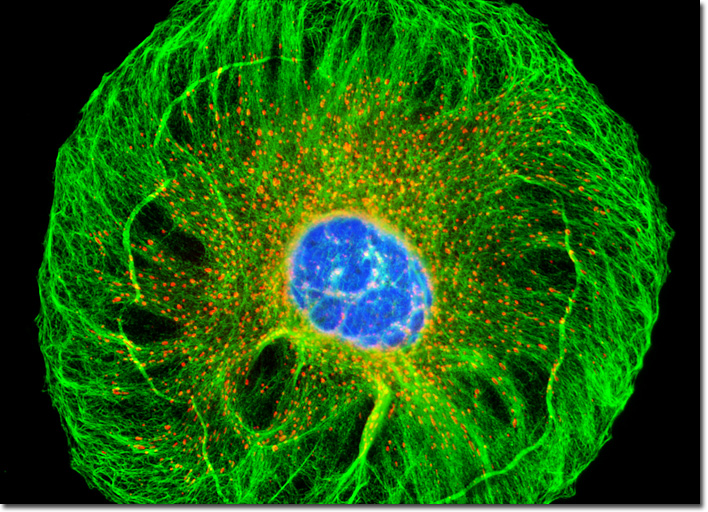Encounter
Kidney Stones Formation
I decided to write about Kidney Stones because a family member has encounter this condition. I got a called this week from my father and in our conversation he mentioned his excruciating pain in his lower back. As Biology major I started to put his symptoms to figure out what was the cause from his pain. I didn't imitatively know what it was, but I did my researcher on the possibilities of his pain and everything pointed out to kidney stones. I told my dad to not take my word for it and I then encourage him to see a physician to get tested. Half way through the week my father calls me and tells me that I was right, it was kidney stones. The doctor than prescribe him medicine for the discomfort and expulsion of the stones. I wanted to be right, I didn't wanted to be something worst. I was than intrigue and curious on how this small components are form. Here is what I found out.
I kidney stones are easily formed, some even can be the size of a head pin or a small rocks. The pain resulting from this crystal structure can be dangerous. Another name for kidney stones is renal calculi, are aggregates of crystals enclosed in a matrix that is developed inside the kidney. There are five major categories of crystals which are: calcium oxalate, calcium phosphate, struvite, uric acid, and cysteine. The most common crystal is calcium oxalate. For a stone to form it has to go through several phase. The first phase is nucleation, ions like calcium and oxalate are filter into the urine by the kidney spontaneously and then join together to form a solid crystal. The crystal then travels along nephron and then deposited at the renal papilla where they obtain grow and this is the second phase. Crystals that are in the same place and have already form stick together with other crystals to create a clusters this is the third phase aggregation. The last phase is retention, The clusters than are formed to a stone that which are retain in the kidney where they continue growing for an unspecified time. Then the stones are moved and are displaced into the ureter tube. If the stones continues to grow until it reaches a critical size it can be too large to pass easily through the ureteropelvic junction, the illiac artery, or the ureterovesicle junction. In result there is pain and obstruction, until the stone slowly passes into the bladder and then expelled through the urine stream.
Source :Evan, Andrew P. "Physiopathology and Etiology of Stone Formation in the Kidney and the Urinary Tract." Pediatric Nephrology (Berlin, Germany). Springer-Verlag, 01 May 2010. Web. 03 Mar. 2017.

